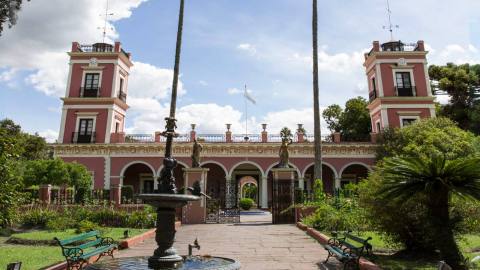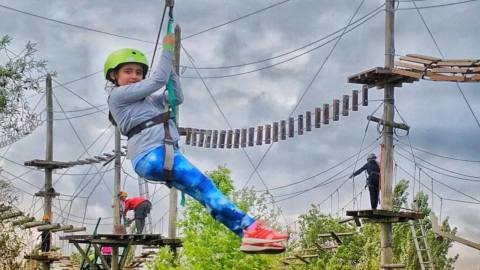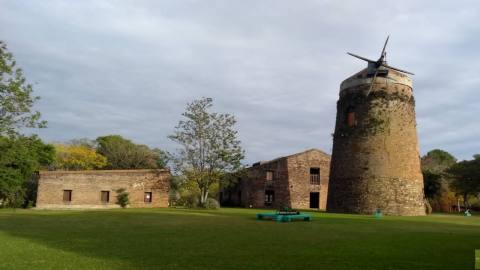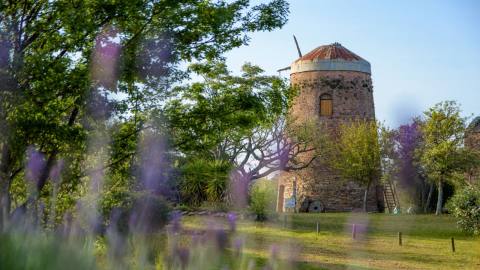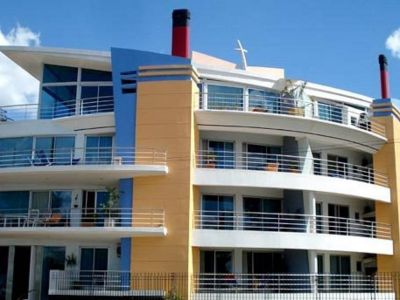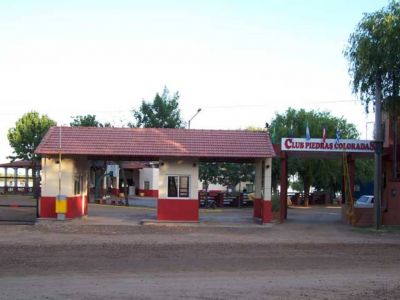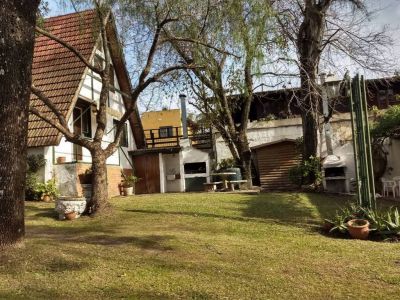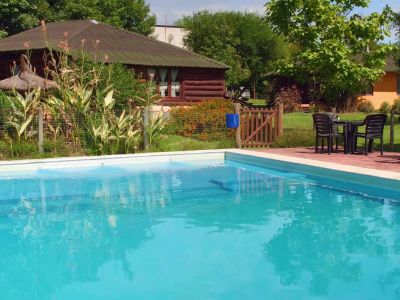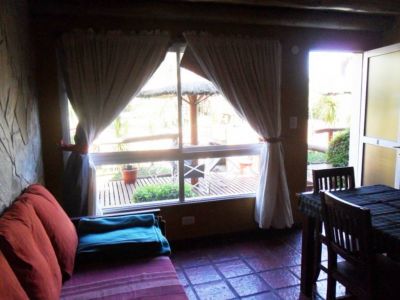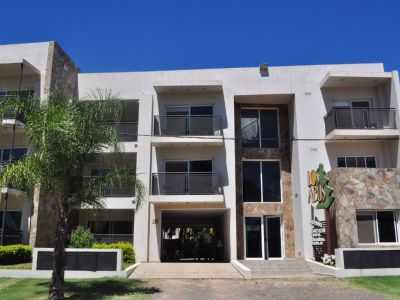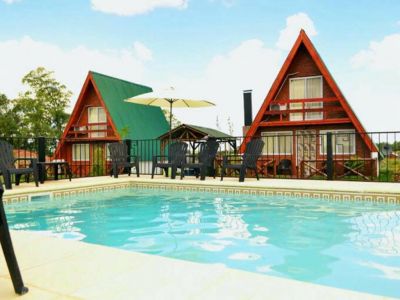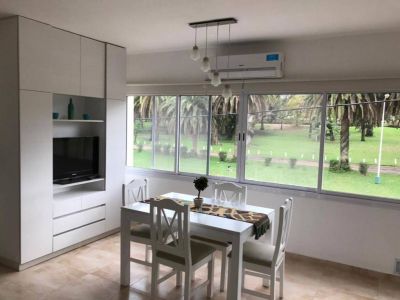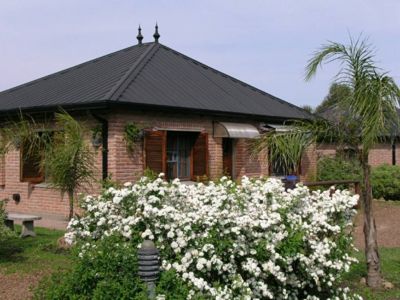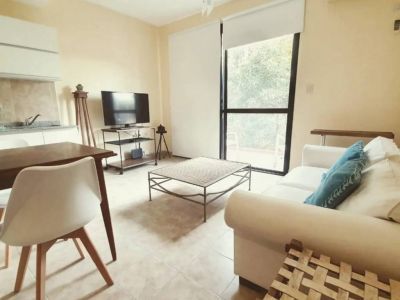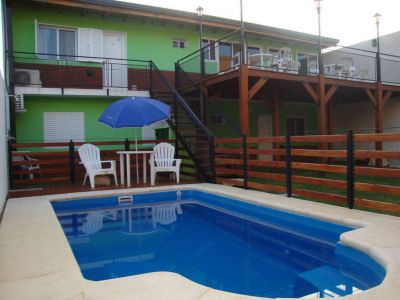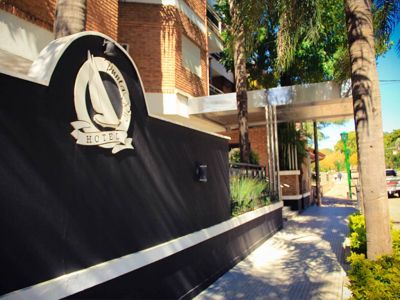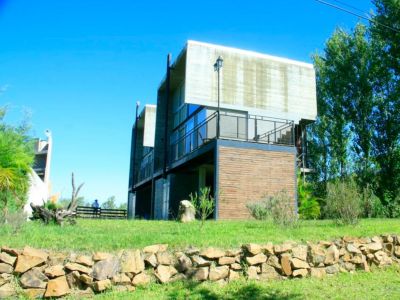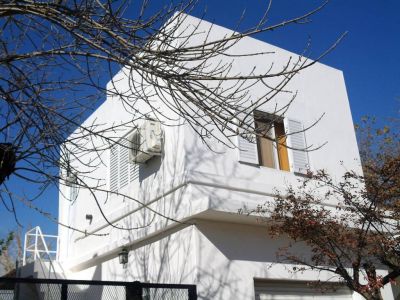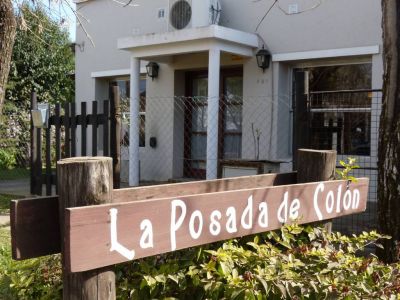Colón Yesterday, Today and Always
Its polite denizens and its proximity to emblematic locations allow the possibility to grasp everything the city has to offer in a matter of hours, both during the day and at night.
Like every place we have ever visited for the first time, our resolution was to discover the most significant nooks in Colón. Among its main streets, 12 de Abril is the most important and the commercial center of the city. We visited it during the daytime and appreciated its constant movement of cars and people. In the evening, it looked different. It was lit up by the presence of pubs, pizza restaurants and stores selling the best fashionable brands. In the summer, its pedestrian area takes no rest. A quick dinner, tasting an ice-cream or a beer are all good excuses to get together with friends and have a little chat. Likewise, the hot spring resort immersed in the urban grid is part of the present of Colón. The properties of these waters stimulate and revitalize body functions and are more than enough reason to visit this venue and enjoy its ten pools with different temperatures. Somewhere back in Time
We took some time to go on a historic tour which taught us about the beginning of this primitive village and its economic prosperity. We reached the port, where there are still vestiges of the buildings that were part of the neighborhood raised in the mid nineteenth century. Not only did the ships bring along immigrants (mostly Italian) but they also took away the items produced in these lands. An example of this is the magnificent property formerly used as a waiting room at the river station, which houses the Municipal Tourist Office today. As we contemplated motorboats and sailing boats in motion with their colorful sails, we tried to spot the old wooden pier we had seen in an old photograph. What is left of it is just the nostalgia of its importance in former times. It was essential to visit a local handicraft store right opposite San Martín Square. The items sold at this venue are made with a wide range of materials. It is housed by an old colonial construction with a non-chamfered corner whose façade still stands. General Justo J. de Urquiza was lodged there once. Colón Forever Some of the attractions that keep luring visitors include the long and spacious beaches of white sand by the Uruguay River. The various swim holes compete with their services all along its almost 10-kilometer-long strip of coast to entice the thousands of tourists that reach this location every summer. We found out about the carnival known as Carnaval de las Palmas, which has its own corso in Colón. Year after year, it has maintained its joy and glow, the colorful costumes made with feathers and sequins and the popular dancing in the streets. Its comparsas and floats compete both in this and in neighboring districts, thus turning this festival into a tradition in Entre Ríos. Maybe the most outstanding point in our visit was seeing the beautiful riverfront and Quiroz Park. Together, they make up a privileged viewpoint onto the vastness of the shore. Imposing staircases and fountains add up to this scene. This is the perfect spot for a walk at sunrise or sunset, when the heat soothes, the aroma of the vegetation prevails and the green trees and palm trees are outlined on the waters of the Uruguay River. On the road, we came across the classic Quirinale Hotel, resulting from the tourist boom experienced by this district. At night, José G. Artigas International Bridge, also known as De la Amistad (Friendship Bridge), becomes a protagonist. Its length and illumination duplicate its profile over the river surface, creating a splendid view on summer evenings. This pass connects Colón with the Uruguayan City of Paysandú. Maybe we have left something unsaid because we have not discovered it yet, but the essential features of this destination have not escaped our curiosity.
Mónica Pons
Jorge González
Contact of the excursion or tour
Secretaría de Turismo
Av. Costanera y Gouchón, Colón, Entre Ríos, Agentina
Phone: +54 3447-421233











